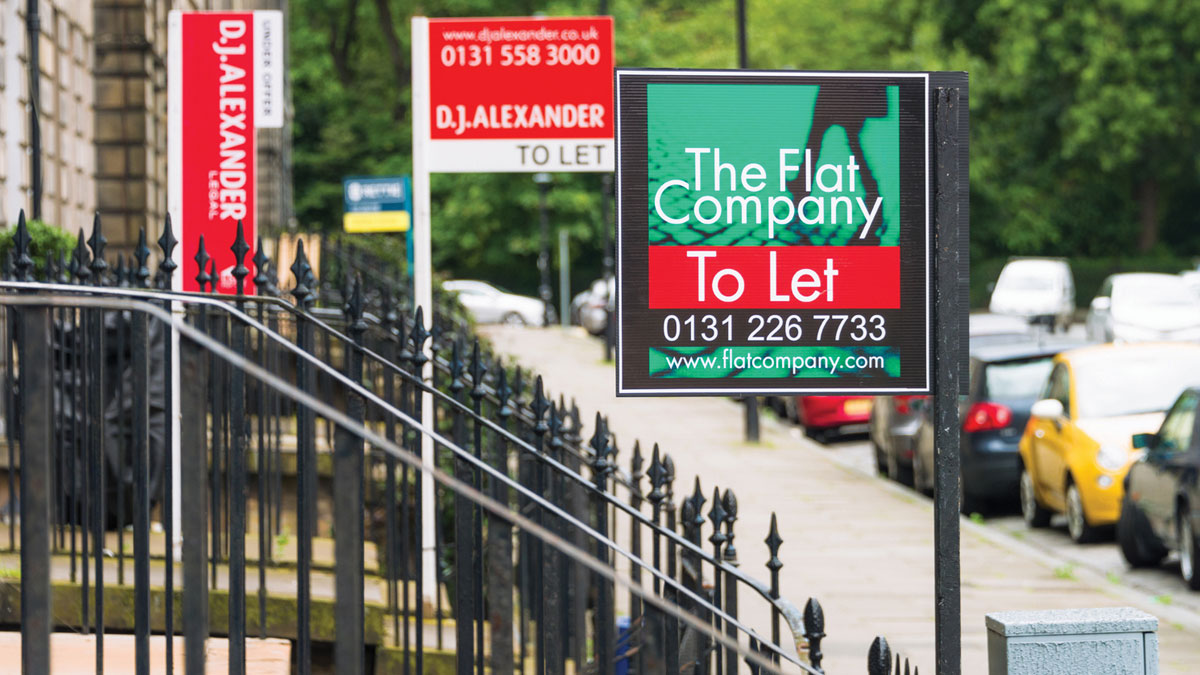
The past year has dealt several blows to property investors. A 3% stamp-duty surcharge on the purchase of second homes has already kicked in. Tax relief on mortgage interest will start to be scaled back from next April (see below). And landlords looking to remortgage their rental properties will also find lenders have tightened their criteria. All told, the glory days of buy-to-let appear to be behind us. While some landlords will find ways to limit the damage, others may decide this is a sensible time to get out of the market.
Anybody selling up should consider how they can limit any capital-gains tax (CGT) bills. CGT applies to profits from the sale of any property that’s not your main home, and is levied at a rate of 18% for basic-rate taxpayers and 28% for higher-rate and additional-rate taxpayers. A capital gain is calculated as the selling price, less the purchase price, minus any purchase and sale costs, such as solicitors’ fees, stamp duty, estate-agent fees and the cost of major improvements to the property.
However, there are a few ways to reduce potential CGT liabilities. First, each individual gets an annual allowance of £11,100 (for the 2016/2017 tax year) to set against any gain. “A married person who owns an investment property can reduce their CGT liability by making use of their spouse’s CGT allowance. To do this, the property needs to be transferred into both their names – then both owners can claim the annual CGT allowance of £11,100 each,” says Jamie Morrison of accountants HW Fisher & Company.
Second, landlords who are selling several properties can spread the sales over different years to take advantage of their personal allowance each year. “The tax point is the date contracts are exchanged, not the completion date,” says Michael Wright of tax advisors Rita 4 Rent. “This therefore opens up some interesting planning possibilities, especially if you delayed exchange of contracts from 5 April to 6 April, which would delay payment of tax by one year, given a tax year ends on 5 April each year.”
Finally, landlords who lived in their rented property at some point may be entitled to private residence relief and lettings relief. These can each be worth up to £40,000 per person, depending
on how long you lived in the property. For some people, these reliefs could mean the liability for CGT is wiped out.
How the new mortgage tax-relief rules will work
At present, individual landlords can deduct their mortgage interest costs from their rental income when calculating their taxable profit on residential lets. This means that they get tax relief on interest at their full marginal tax rate. But with effect from April 2017, the rules are changing to limit tax relief to a basic-rate tax deduction only, so a high-rate taxpayer will only get tax relief at 20%, rather than 40%.
This change will be phased in gradually over four years. In the 2017/2018 tax year, landlords will still be able to deduct 75% of their mortgage interest costs at their full marginal tax rate. This will fall to 50% in 2018/2019 and 25% in 2019/2020. From 2020/2021, all tax relief on interest costs will be at basic rate only.
To work out whether you will be worse off when the changes take full effect, add your gross annual profit on your rental property to your other income. If you are still a basic-rate taxpayer, there won’t be a change to your tax position (remember to take account of the fact that the higher-rate threshold is scheduled to rise to £50,000 by 2020). Higher-rate and additional-rate taxpayers should work out their tax liability under the new rules and calculate how much after-tax income they would have. The difference between this figure and your current net income is what you will lose.
Even if the new rules dramatically reduce your income, some landlords may consider the potential for capital growth outweighs the disadvantages. If you think prices will increase in your area, it might be worth hanging on to the property. However, if the costs of owning a buy-to-let property now erode much of the rental income, it might be time to consider selling.